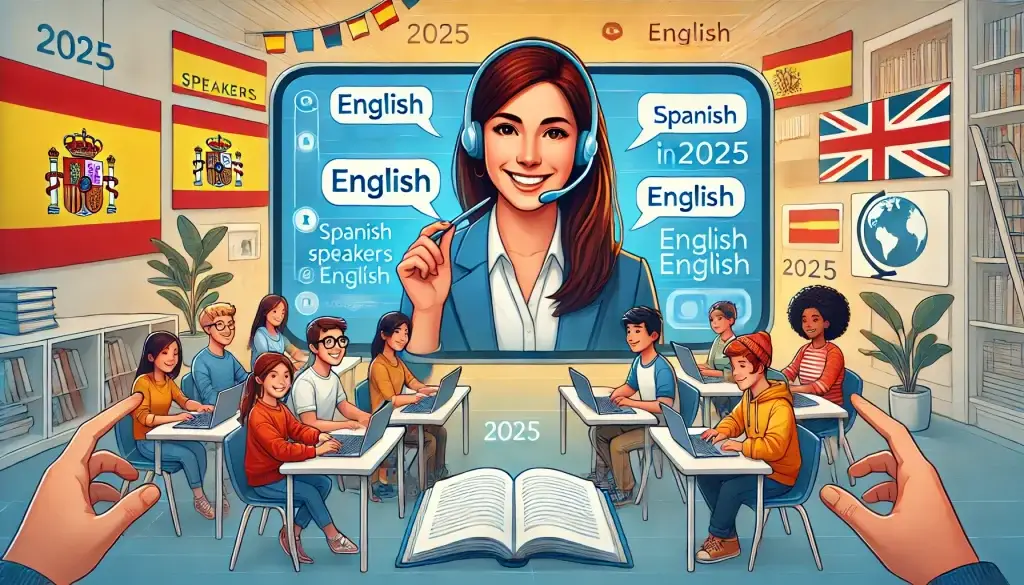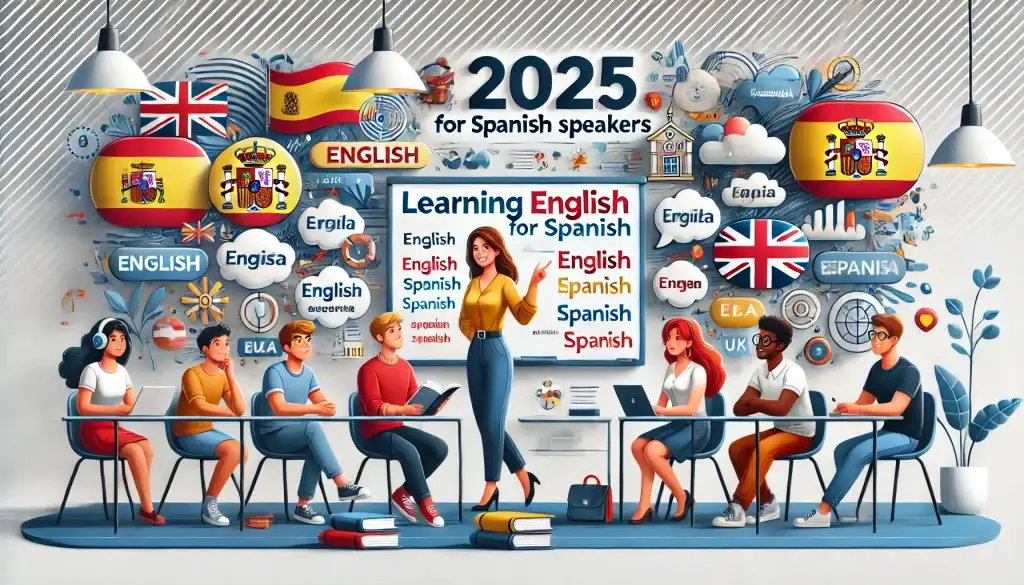Why Learning to Speak English in Spanish is Essential in 2025
Learning to Speak English in Spanish is no longer just a skill—it’s a necessity for thriving in a connected world. Imagine this: you’re traveling to an English-speaking country and want to ask for directions or order your favorite meal. Without the ability to communicate, even simple tasks can become daunting. But with a few foundational phrases and confidence in speaking, those challenges can turn into opportunities.
For Spanish speakers, learning English provides access to better career opportunities, enhanced communication with international colleagues, and a chance to connect with a broader audience. Understanding Spanish to English phrases like “Excuse me, where is the bathroom?” or “How can I help you?” can make a world of difference. Even mastering casual phrases like “What’s up?” (¿Qué tal?) can break down barriers and build rapport.
Programs tailored to English for Spanish speakers make this process even more accessible. These courses focus on common challenges, such as pronunciation and sentence structure, while offering culturally relevant examples. For example, learning how to say “¿Puedo hablar con usted en inglés?” (Can I speak to you in English?) builds confidence in transitioning from Spanish to English.
To start your journey, explore “10 Common Phrases to Answer Do You Speak English”. This guide provides essential phrases that are easy to learn and perfect for beginners.
Table of Contents
Key Challenges Faced by Spanish Speakers in Learning English
When learning to Speak English in Spanish, many students face unique challenges rooted in linguistic and cultural differences. One of the most noticeable hurdles is pronunciation. In English, vowel sounds like “i” and “e” can change the meaning of words drastically. For example, “sheet” and “sit” may sound similar to Spanish ears but have entirely different meanings. This distinction often confuses new learners.
Another significant obstacle involves Spanish to English translation and how sentence structures differ between the two languages. In Spanish, adjectives typically come after the noun (“casa blanca”), while in English, they precede the noun (“white house”). Understanding and internalizing these differences requires practice.
Additionally, English conversation Spanish learners often encounter idiomatic expressions. Sayings like “spill the beans” (reveal a secret) or “beat around the bush” (avoid the main point) can be perplexing without context. These phrases don’t have direct Spanish equivalents, making them tricky to master.
Thankfully, resources like “5 Ways to Say Let’s Speak English with Confidence” are designed to address these challenges. For professionals, Master Business English in 2025: Vocabulary, Idioms, and Conversations offers specialized content for workplace communication.

Essential Spanish to English Phrases for Everyday Conversations
For those beginning their journey to Speak English in Spanish, having a go-to list of everyday phrases can be a game-changer. Consider common situations like introducing yourself, asking for help, or ordering food. Phrases like “Can I have the menu?” (¿Puedo ver el menú?) or “Where are you from?” (¿De dónde eres?) are incredibly useful and easy to remember.
One effective way to practice English for Spanish speakers is to role-play scenarios with friends or tutors. This approach builds both vocabulary and confidence. For example, practicing “I’m looking for…” (Estoy buscando…) helps you navigate real-life interactions, whether you’re shopping or asking for directions.
To further enhance your conversational skills, check out “How to Speak English in Italian: 5 Quick Tips for 2025”. While it’s aimed at Italian speakers, the strategies shared are universally applicable.
Top Resources to Learn English in Spanish Effectively
The rise of technology has made learning to Speak English in Spanish more accessible than ever. Language apps like Duolingo and Rosetta Stone cater specifically to Spanish speakers, offering lessons that build skills step by step. These platforms focus on common Spanish to English phrases while incorporating listening and speaking exercises.
For learners looking for immersive experiences, joining online forums or language exchanges is invaluable. These platforms connect you with native English speakers who can help you refine your pronunciation and fluency. Additionally, structured courses designed for English for Spanish speakers provide in-depth lessons with interactive elements to keep learners engaged.
If you’re eager to explore more resources, start with the english language overview. You can also check out “10 Tips to Speak English in French Fluently in 2025”, which offers strategies that Spanish learners can adapt.

How Spanish to English Translation Tools Can Accelerate Learning
Modern tools have transformed how Spanish speakers learn to Speak English in Spanish. Apps like Google Translate provide instant Spanish to English translation, enabling learners to practice new phrases on the go. These tools also offer voice recognition features, helping learners refine their pronunciation in real time.
Advanced platforms like DeepL Translator go beyond word-for-word translations. They analyze context to provide more accurate results, making them ideal for learners focusing on English conversation Spanish scenarios. For instance, translating “Let’s grab a bite” into Spanish not only shows the meaning but also provides cultural context.
To see how technology supports language learning, explore “Does Ronaldo Speak English? 5 Facts You Need to Know”. It highlights how even global icons use tools to improve their communication skills.
Practical Tips for Improving English Conversation Skills for Spanish Speakers
Building conversational fluency is one of the most rewarding parts of learning to Speak English in Spanish. A simple way to start is by practicing dialogues that mimic real-life situations. For example, role-playing a scenario where you introduce yourself can help you become comfortable with phrases like “Hi, I’m [Name]. Nice to meet you!” (Hola, soy [Nombre]. ¡Mucho gusto!).
For Spanish to English phrases, flashcards can be an effective learning tool. Write the Spanish phrase on one side and its English equivalent on the other. This method not only aids memory but also reinforces sentence structure and grammar. Additionally, tools focused on Learn English in Spanish help explain these concepts in a way that’s easy to grasp.
Achieving Fluency: Your Path to Speak English in Spanish Confidently
Fluency is about more than just grammar; it’s about feeling confident in your ability to communicate. To truly Speak English in Spanish fluently, immersion is key. Surround yourself with English by watching movies, listening to music, or even setting your phone’s language to English. These small changes help you think in English, rather than relying solely on translations.
For more guidance, don’t hesitate to Contact Us. Whether you’re just starting or looking to refine your skills, we’re here to help you achieve your language goals.
